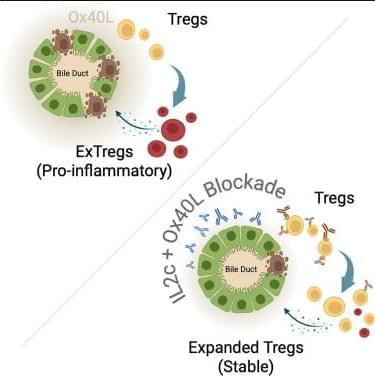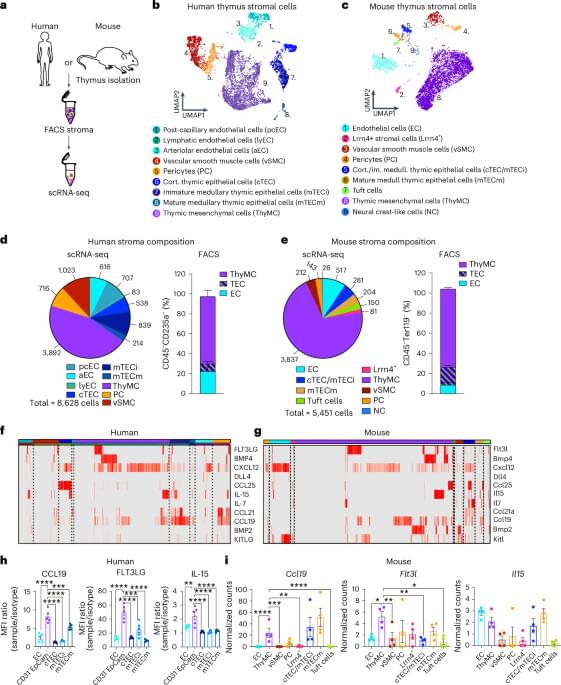Focusing on the futuristic tech that appears in sci-fi without paying attention to the actual point of the story is a big mistake, says Annalee Newitz


Focusing on the futuristic tech that appears in sci-fi without paying attention to the actual point of the story is a big mistake, says Annalee Newitz

Researchers working on China’s fully superconducting Experimental Advanced Superconducting Tokamak (EAST) have experimentally accessed a theorized “density-free regime” for fusion plasmas, achieving stable operation at densities well beyond conventional limits.
The results, reported in Science Advances, provide new insights into overcoming one of the most persistent physical obstacles on the path toward nuclear fusion ignition.
The study was co-led by Prof. Zhu Ping from Huazhong University of Science and Technology and Associate Prof. Yan Ning from the Hefei Institutes of Physical Science of the Chinese Academy of Sciences. By realizing a novel high-density operating scheme on EAST, the team demonstrated that plasma density, long constrained by empirical limits in tokamak operation, can be substantially extended without triggering disruptive instabilities.


An exploration of the not often considered aspect of the Alcubierre faster-than-light Drive and the terrifying implications of it.



A newly discovered campaign, which researchers call Zoom Stealer, is affecting 2.2 million Chrome, Firefox, and Microsoft Edge users through 18 extensions that collect online meeting-related data like URLs, IDs, topics, descriptions, and embedded passwords.
Zoom Stealer is one of three browser extension campaigns that reached more than 7.8 million users over seven years and are attributed to a single threat actor tracked as DarkSpectre.
Based on the used infrastructure, DarkSpectre is believed to be the same China-linked threat actor behind the previously documented GhostPoster, which targeted Firefox users, and ShadyPanda, which delivered spyware payloads to Chrome and Edge users.

